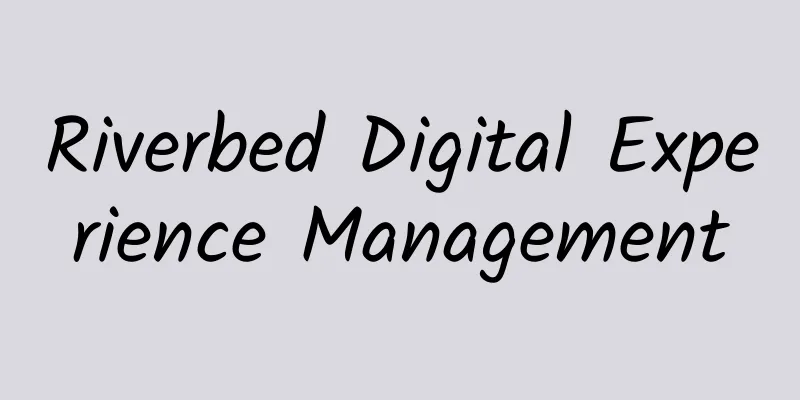In 2021, the development of 6G in various countries will accelerate, and the deployment of network satellites will become the focus.

|
Although 5G has only just become a reality, technologists are already working on the next important mobile network: 6G. Wireless communications are becoming increasingly important to people’s daily lives and corporate competitiveness. From driverless cars to coffee machines connected to the Internet, from smart sensors monitoring medical conditions to factories full of robots, the power of wireless technology is driving people’s lives and work forward.
With the rapid development of automation technology and the continuous expansion of virtual reality technology applications in the future, the demand for faster and safer communications is growing. If 6G can achieve the high transmission speed and ultra-low latency it pursues, it is expected to open up gigabit throughput, microsecond latency, and solve the problem of wireless transmission of holographic images. According to the Counterpoint report, 6G will be the first super-speed train to increase the wireless spectrum from a throughput of one gigabit per second to a transmission speed of one gigabit per second. Currently, many companies around the world suggest that the 6G spectrum range is from 300GHz to 3THz (TeraHertz). Although Samsung predicts that 6G will not be commercialized before 2028, given the experience of lagging behind China in 5G, countries are conducting research on 6G in full swing. In fact, giants like Huawei and Nokia are already moving forward in their own way. If we look at the spectrum, 4G was in MHz, 5G is in GHz, and 6G is in terahertz (THz). This leap in migration is indeed exponential. For 6G installations, many analysts report that it will require higher power efficiency, Line of Sight (LoS) channels, metamaterials for THz antenna arrays, improved AI and QoS for power optimization. In addition, THz spectrum will pave the way for holographic radio and ultra-massive MIMO technologies. As the speed increases to Terabits, the range of applications is also getting wider. Here are some key applications that will benefit from 6G (> 1Tbps):
Basically, with the booming development of low-orbit satellites, satellites have played an important role in the development of 5G, and it can be expected that satellites will also be important for 6G. In addition, in order to strengthen the layout of 6G, China has also launched the world's first 6G satellite for terahertz communication. Since terahertz communication technology is expected to become one of the basic technologies of 6G networks in the future, it seems that China is stepping up its pace in 6G research and development, hoping to break through 6G technology more than the United States and Europe and establish many patent barriers. |
>>: Transforming the network to support remote work as a norm
Recommend
5G competition is not just about speed, security mechanisms need to be clarified
Currently, 5G standardization has been fully laun...
IPv6 neighbor discovery, address duplication detection, and router discovery mechanisms, learn about them in one minute
1. IPv6 Basics IPv6 (Internet Protocol Version 6)...
DesiVPS: Los Angeles 1Gbps unlimited traffic VPS from $18.99 per year, Netherlands VPS from $20 per year
DesiVPS's latest promotion is similar to the ...
iWebFusion dedicated server starts from $49/month, 4-40 core CPU, 384G memory, NVMe hard disk, 1-10G bandwidth, multiple computer rooms in Los Angeles and other places
iWebFusion (formerly iWFHosting) is a hosting com...
In the post-epidemic era, what is the effect of 5G infrastructure investment?
[[378112]] Looking back at 2020, "5G" m...
5G will change society in the future: eight application scenarios
The epoch-making 5G technology, in addition to a ...
Simple and clear, the most powerful introductory 5G science popularization ever!
[[253735]] A simple and magical formula Today'...
RAKsmart Bare Metal Cloud/Cloud Server/VPS 30% off, Dedicated Server Limited Flash Sale Starting from $30/month
Coinciding with the Chinese New Year, RAKsmart ha...
ASUS releases PG27VQ gaming monitor: 165Hz, RGB light
RGB lights have now spread to every corner inside...
The Evolution of Cloud Desktop! The Solution for Future Office
Five or six years ago, the rumor that "cloud...
RAKsmart: VPS/cloud server from $19.9/year ($0.99/first month), 1Gbps unlimited traffic server from $89/month, multiple data centers available in the United States/Hong Kong, etc.
RAKsmart continued to launch a number of activiti...
6G network, what application scenarios will it have in the future?
Looking back at the entire development history of...
After a year, Wi-Fi 6 has become standard. Here is everything you want to know
Back in September 2019, Apple officially released...
Network as a Service (NaaS) is the future trend
Network as a Service (NaaS) refers to the ability...
AI World: Eight AI trends to watch in 2018
Computationally speaking, the big data analytics ...






![[cyberMonday] DediPath: VPS starts at $10 per year, dedicated server starts at $108/three months, 1Gbps unlimited traffic, multiple data centers in Los Angeles and other places](/upload/images/67cac00425403.webp)

![[Black Friday] TNAHosting: $12/year KVM-1GB/15G SSD/5TB/Chicago](/upload/images/67cac00a526fb.webp)
